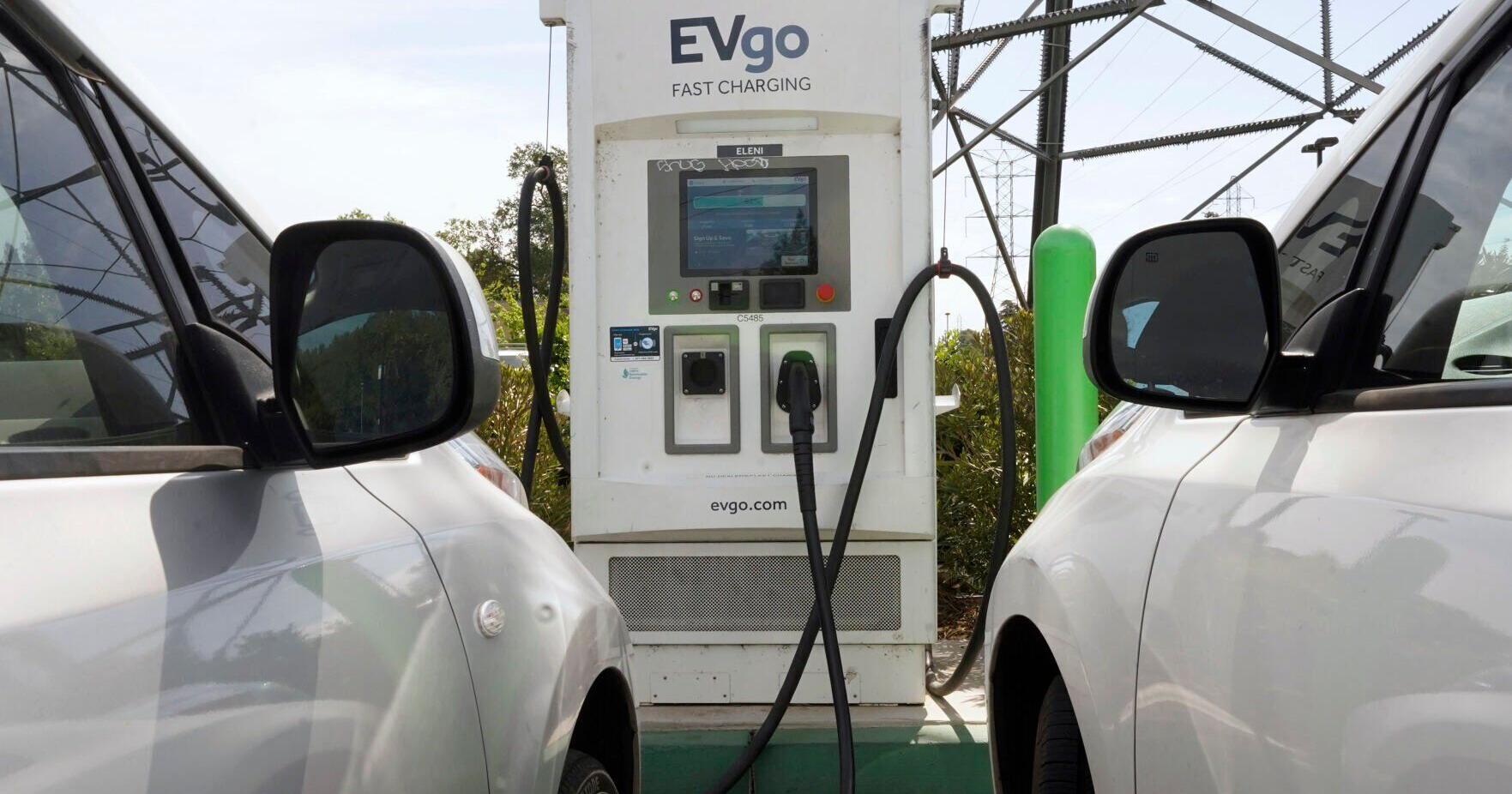Another Voice: Electric cars will pave the way to a cleaner future

I have been enjoying the experience of driving an all-electric vehicle for the past year and foresee with absolute certainty a paradigm shift in how our world will be powered in the future.
The current crises associated with climate change, and the effect of atmospheric pollution on human health and the environment, are the driving forces for this momentous shift.
Fossil fuels, namely coal, oil and natural gas, are the principal elements causing the negative environmental changes we are seeing today. Electric vehicles, and an electric-powered economy, will gradually heal the damage already done, and ensure a safe, secure and livable environmental future for the planet.
Fossil fuels are not a renewable energy source, and although still relatively plentiful, they are becoming increasingly difficult and expensive to extract from the earth, which can result in disastrous environmental damage from spills and leaks. Burning of these fuels results in the release of carbon dioxide and other gaseous byproducts, like smog producing nitrous oxides, which are the principal manmade pollutants of our atmosphere.
People are also reading…
Electric vehicles operate on a totally different platform from today’s internal combustion engine powered cars and trucks. High-capacity lithium batteries power the electric drive motor without generating any gaseous pollutants. Battery technology is rapidly improving, with increasing capacity and shorter recharging cycles, which will soon make long distance travel times comparable to driving gasoline-powered vehicles.
And with home charging, my electric car’s energy cost is equivalent to about 80 cents per gallon of gasoline in summer months, and $1.50 per gallon in winter months, a much less expensive alternative to fossil fuels.
A critical factor in this paradigm shift to an electric-powered economy is the generation of electricity from renewable energy sources, namely solar, wind, geothermal and hydroelectric. These sources are truly infinite, though not all are constant, and so must be integrated into an infrastructure system that includes storage capacity to maintain continuous availability.
Storage systems include stationary lithium battery banks, hydroelectric water reservoirs and potential future storage technologies currently under development.
Another key factor in the shift to electric-powered vehicles is the recyclability of spent battery materials to manufacture new batteries. The expensive metals in these batteries are not consumed, but are gradually inactivated by chemical reactions, and can be largely reclaimed and purified for use in constructing new batteries.
As technical leaders in the world, the United States government must promote and support a rapid conversion to an all-electric economy. Coordinating the production of electric vehicles with the development of infrastructure for distributing sufficient power to charging stations is essential to the public’s acceptance of this technology.
In addition, the infrastructure build-out must also accommodate the electric conversion of domestic household heating, cooking and other utilities, as well as manufacturing industries.
I am confident that our national engineering talent is up to the challenge for this paradigm shift. What is critical now is to have the political will to support these efforts, to overcome the resistance of entities entrenched in protecting the wealth interests of the fossil fuel industry, and to combat the decades of lies and deceptions that have sewn doubt about the negative impact of fossil fuels on climate. The future safety of the planet, and our way of life, is at stake.
Mark Diegelman is a retired chemical engineer and a student of renewable energy technology.
#pu-email-form-opinion-email-article { clear: both; background-color: #fff; color: #222; background-position: bottom; background-repeat: no-repeat; padding: 15px 20px; margin-bottom: 40px; border-top: 4px solid rgba(0,0,0,.8); border-bottom: 1px solid rgba(0,0,0,.2); display: none; } #pu-email-form-opinion-email-article, #pu-email-form-opinion-email-article p { font-family: -apple-system, BlinkMacSystemFont, “Segoe UI”, Helvetica, Arial, sans-serif, “Apple Color Emoji”, “Segoe UI Emoji”, “Segoe UI Symbol”; } #pu-email-form-opinion-email-article h1 { font-size: 24px; margin: 15px 0 5px 0; font-family: “serif-ds”, Times, “Times New Roman”, serif; } #pu-email-form-opinion-email-article .lead { margin-bottom: 5px; } #pu-email-form-opinion-email-article .email-desc { font-size: 16px; line-height: 20px; margin-bottom: 5px; opacity: 0.7; } #pu-email-form-opinion-email-article form { padding: 10px 30px 5px 30px; } #pu-email-form-opinion-email-article .disclaimer { opacity: 0.5; margin-bottom: 0; line-height: 100%; } #pu-email-form-opinion-email-article .disclaimer a { color: #222; text-decoration: underline; } #pu-email-form-opinion-email-article .email-hammer { border-bottom: 3px solid #222; opacity: .5; display: inline-block; padding: 0 10px 5px 10px; margin-bottom: -5px; font-size: 16px; } @media (max-width: 991px) { #pu-email-form-opinion-email-article form { padding: 10px 0 5px 0; } }

